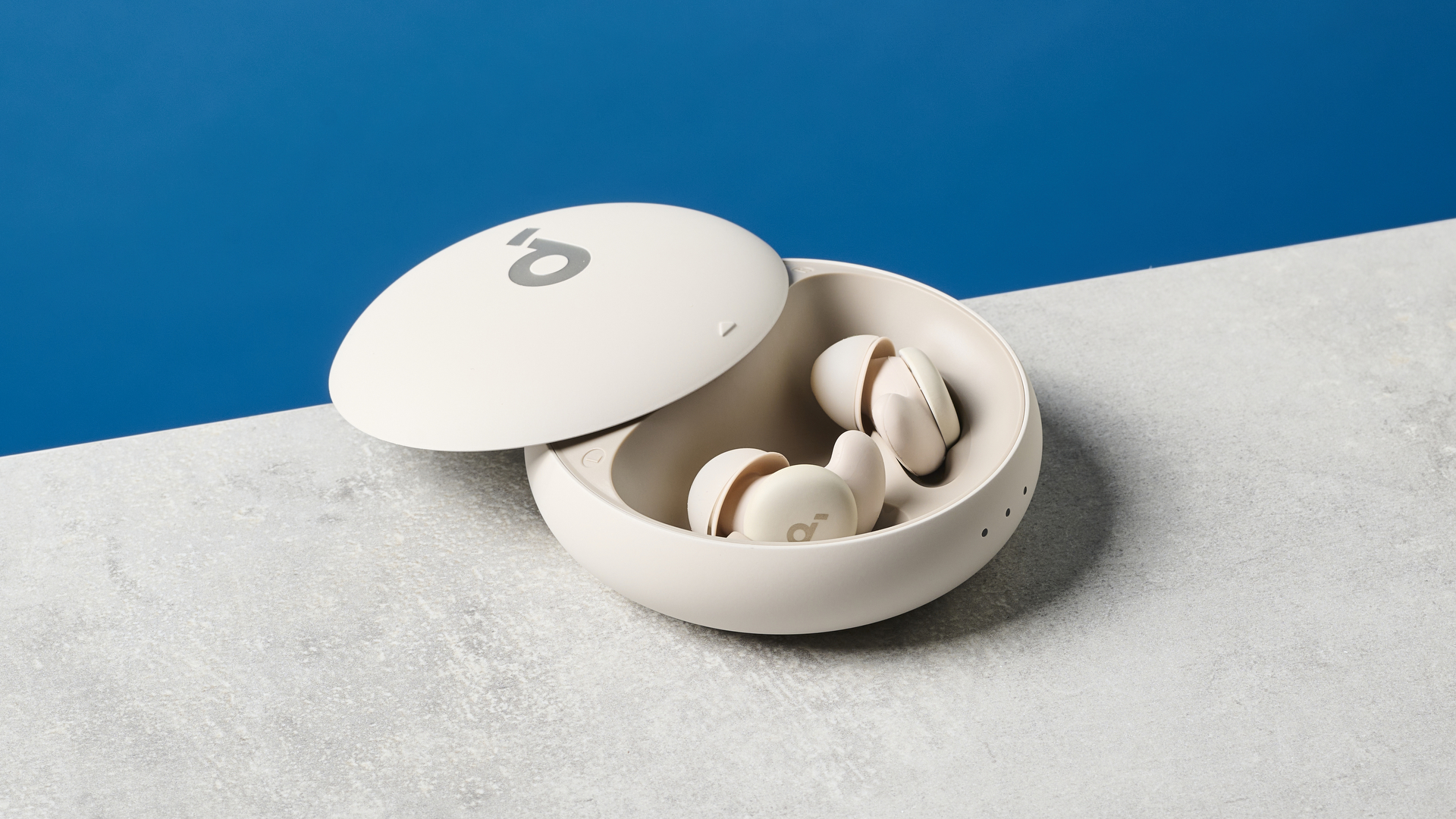
The Soundcore Sleep A20 earbuds are the latest model in Anker’s Soundcore audio lineup, following on from 2022’s Sleep A10 buds. As the name suggests, these wireless earbuds are intended to help you fall asleep more easily and sleep for longer.
I could fittingly be described as a troubled sleeper, and often wear foam earplugs to block out external noise and assist me drifting off — these work great, although I miss being able to listen to podcasts. My AirPods Pro 2, with their brilliant ANC, would be perfect, if only I weren’t a side sleeper. As such, I was quite excited at the prospect of testing the Sleep A20 earbuds, which are designed with side sleeping in mind.
Whether the Sleep A20s will be the best wireless earbuds for your sleep depends on what you need. They’re a good option for side sleepers wanting a comfortable set of nighttime headphones to help them get to sleep, but their poor passive noise reduction does little to help troubled or light sleepers drift and stay off.
Find out more in our Soundcore Sleep A20 review.
Soundcore Sleep A20 review: Price & availability
The Soundcore Sleep A20 earbuds launched in Spring 2024 and cost $149 / £119, so they aren’t exactly cheap. The previous model, the Sleep A10s, are still on sale for $129 / £109.
The Sleep A20s are available via Soundcore’s website, or through Amazon. At the time of writing, they’re only available in the beige color photographed.
Soundcore Sleep A20 review: Design
The Soundcore Sleep A20 earbuds are built well and look premium. The case — a matte beige pebble — is constructed using soft-touch plastic with a brushed metal Soundcore logo and three gently-flashing status LEDs. At the rear, there’s a USB-C port for charging and a Bluetooth connectivity button.
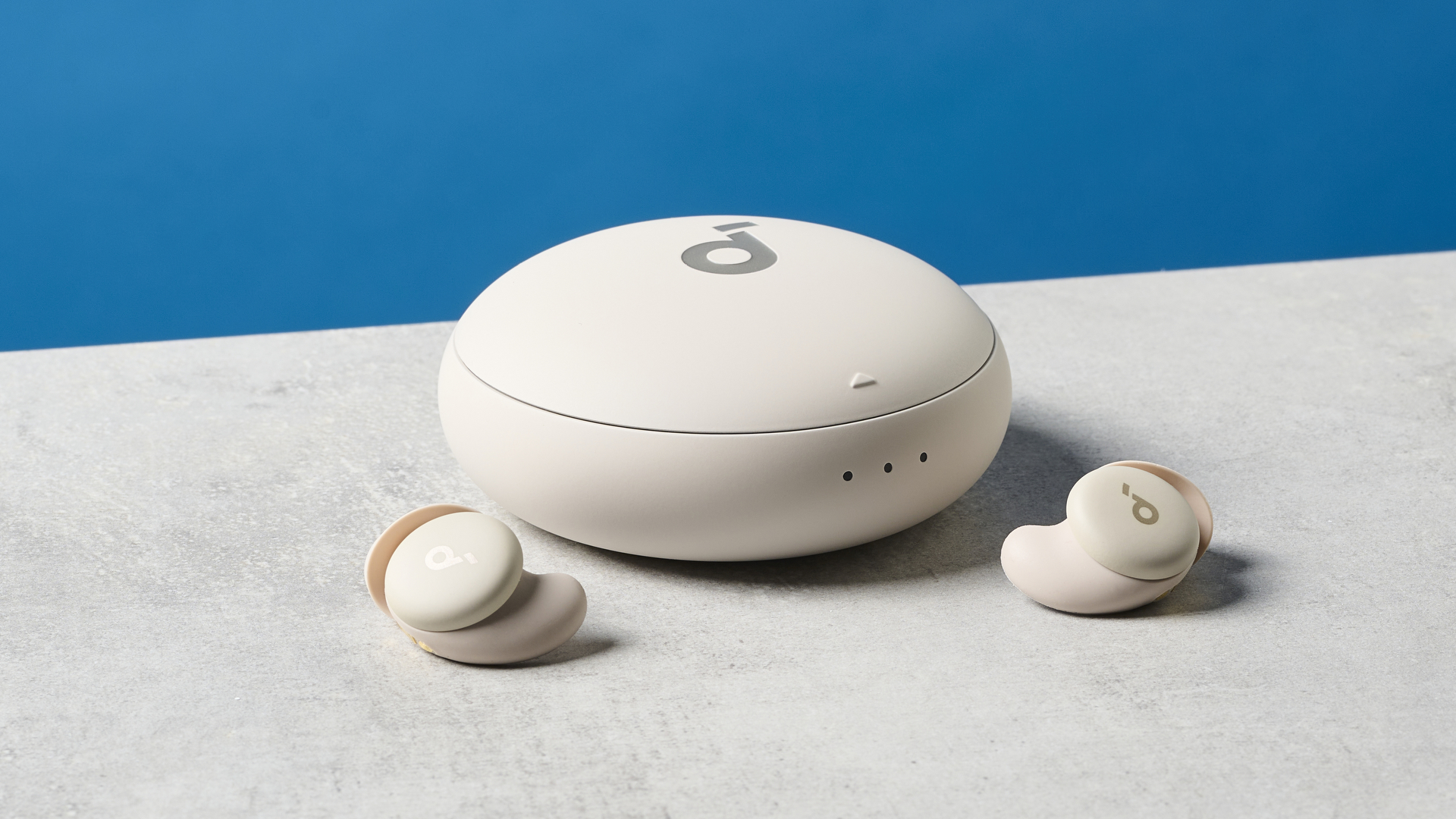
The hatch provides a firm, reassuring ‘thunk’, while the earbuds slot into their magnetic holsters with an equally satisfying feeling. Although the case is quite large, the whole package remains very lightweight and it’s easy to forget the buds are in your pocket.
The earbuds use the same soft-touch plastic and brushed metal logo on their body, but feature a large quantity of rubber padding around the body and tip. The latter is key to the design of these earbuds, which prioritize comfort, particularly when lying on your side — any side sleepers who have fallen asleep using standard earbuds will know how painful it is.
The rubber pads sit around the outside of each earbud, cushioning each ears’ concha, tragus and antihelix, stopping the earbud body digging in. In addition, the earbuds themselves are low profile, so shouldn’t protrude too far outside of your outer ear, if at all, reducing pressure on the earbuds from your pillow.
Soundcore Sleep A20 review: Features
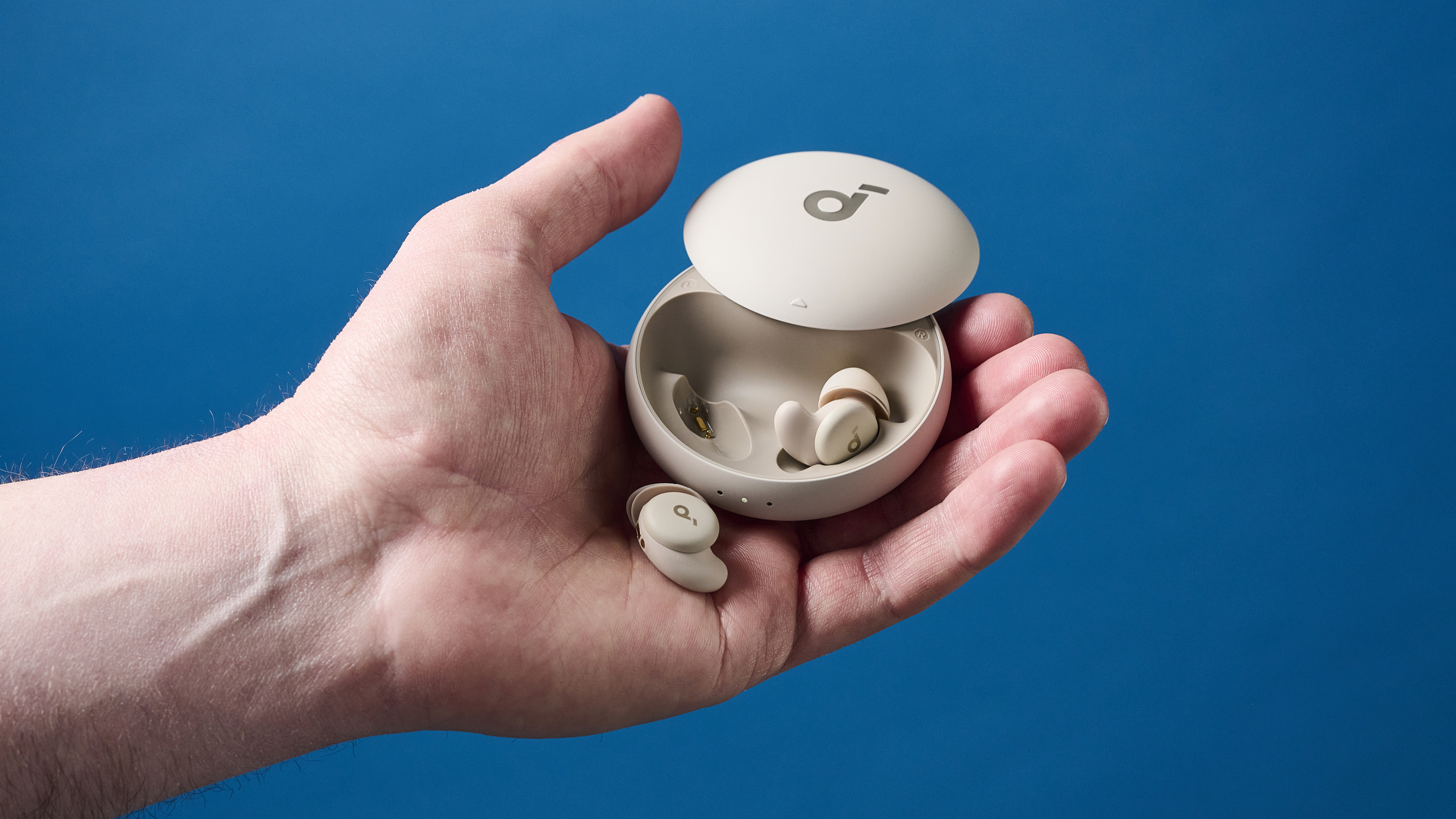
The Sleep A20s are designed with one thing in mind: bedtime. As such, there are a few features missing that you might otherwise reasonably expect in a $149 set of earbuds. There’s no microphone for calls, nor is there active noise cancellation (ANC). Both would risk spoiling the A20’s low profile and suitability for side sleepers.
There is no wear detection, so the earbuds will keep playing even when taken out. This caught me out when the earbuds fell out in the night and kept playing. After waking up in the early hours, I picked the A20s up again in the hope of snoozing to a podcast, only to find the battery was drained.
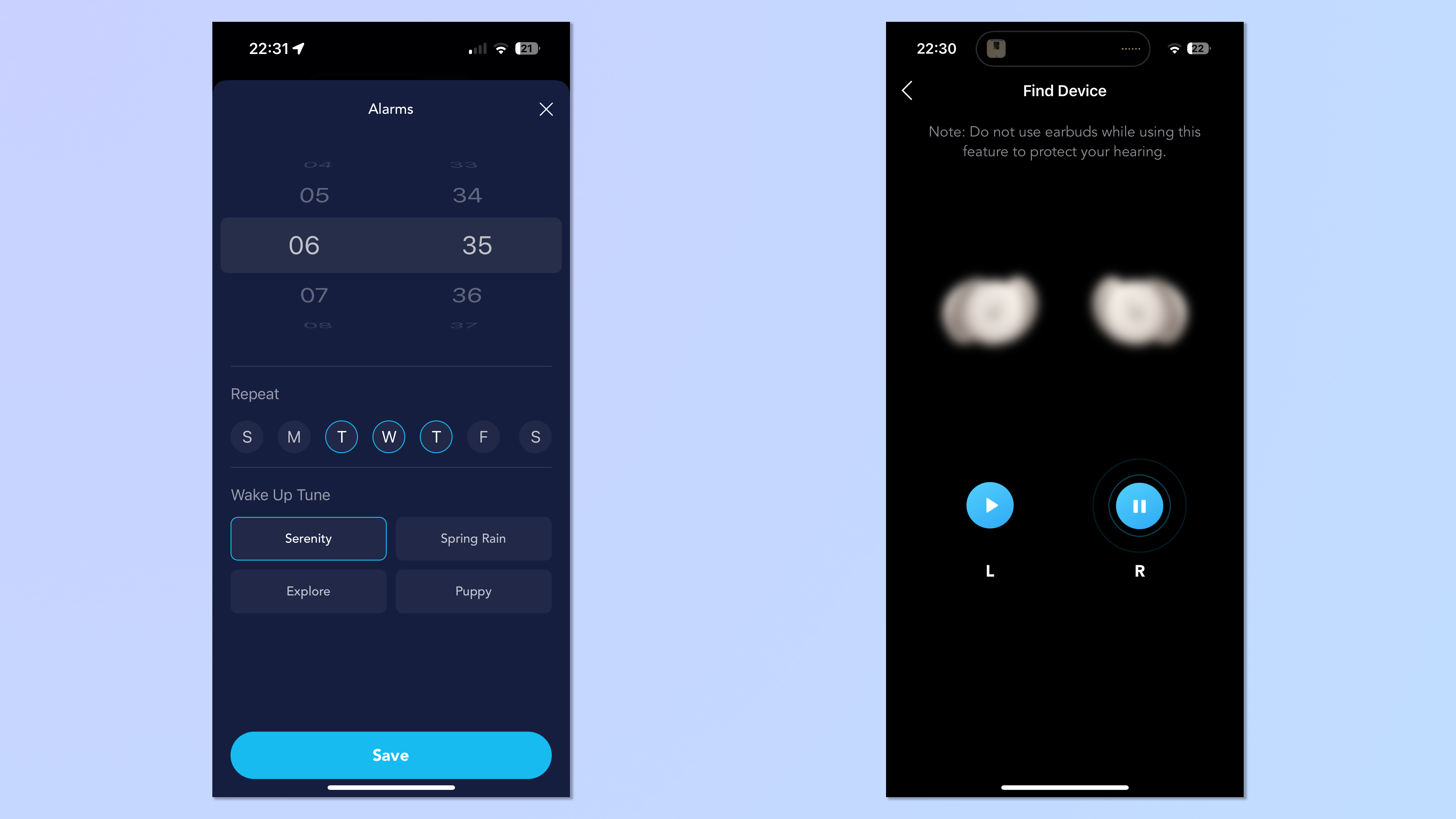
The Sleep A20s come with lots of additional features when paired with the Soundcore app. You can set a through-earbud alarm and customize the non-Bluetooth “Sleep mode” from a library of sleep-aiding noises like rain, campfire sounds, or various types of white noise. The Soundcore app also has a ping feature, so you can track the buds down if they fall out at night.
Soundcore Sleep A20 review: Controls
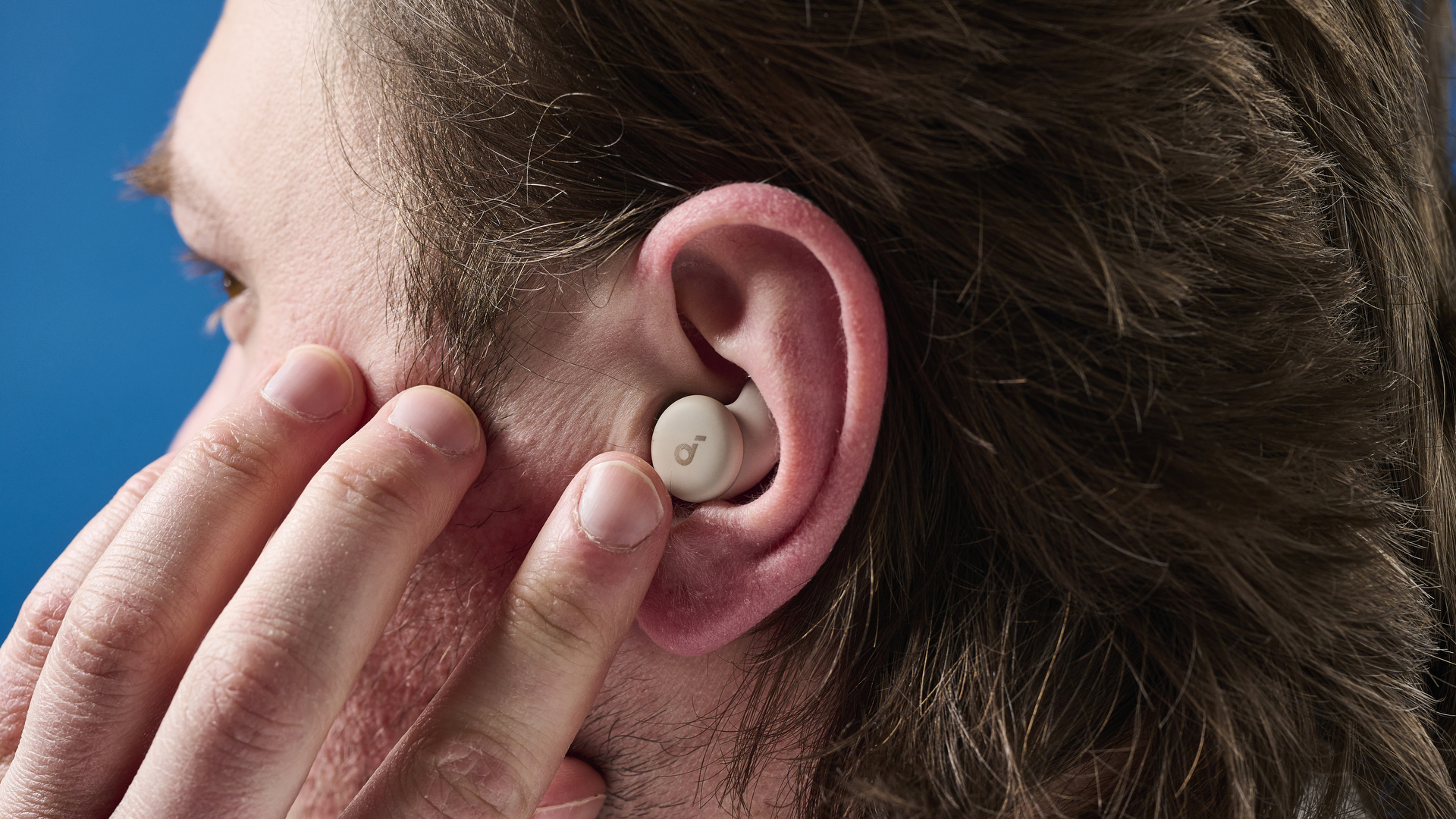
The Sleep A20s feature tap controls, which I found fiddly and unreliable — the earbuds would frequently register a double tap before letting me complete a triple tap.
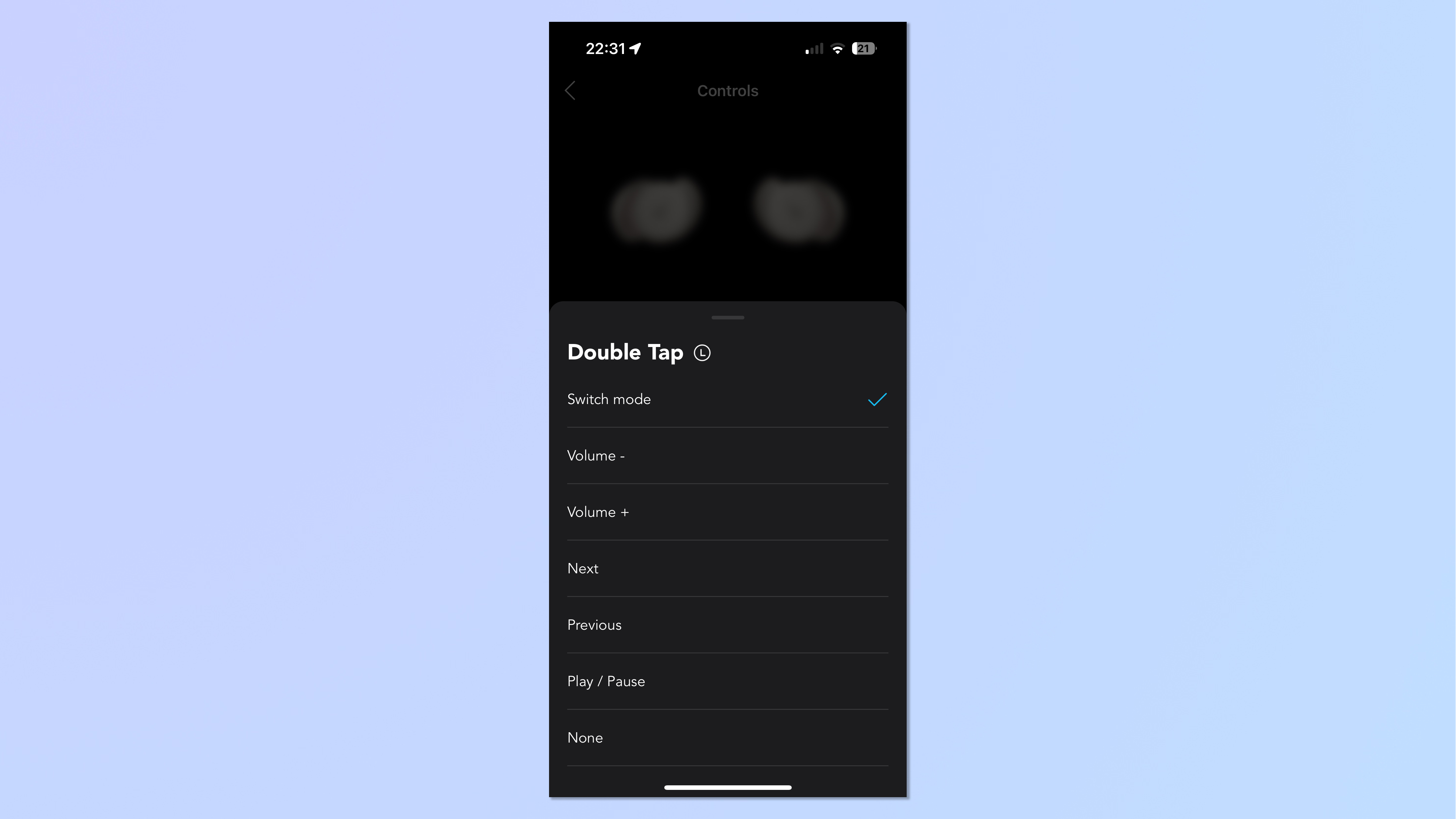
There’s no single tap gesture either, so while tap-controls aren’t symmetrical (they can do different things on each ear) you’re still only left with four controls in total. I found this a little limiting. You can customize the controls in the Soundcore app, though, which is handy.
Soundcore Sleep A20 review: Passive noise reduction
Instead of ANC, the A20s attempt to maximize passive noise reduction in several ways. The first is by using two sets of rubber seals to block sound — the rubber eartips themselves, plus a second seal that sits just outside the ear canal, which is part of the outer rubber pad.
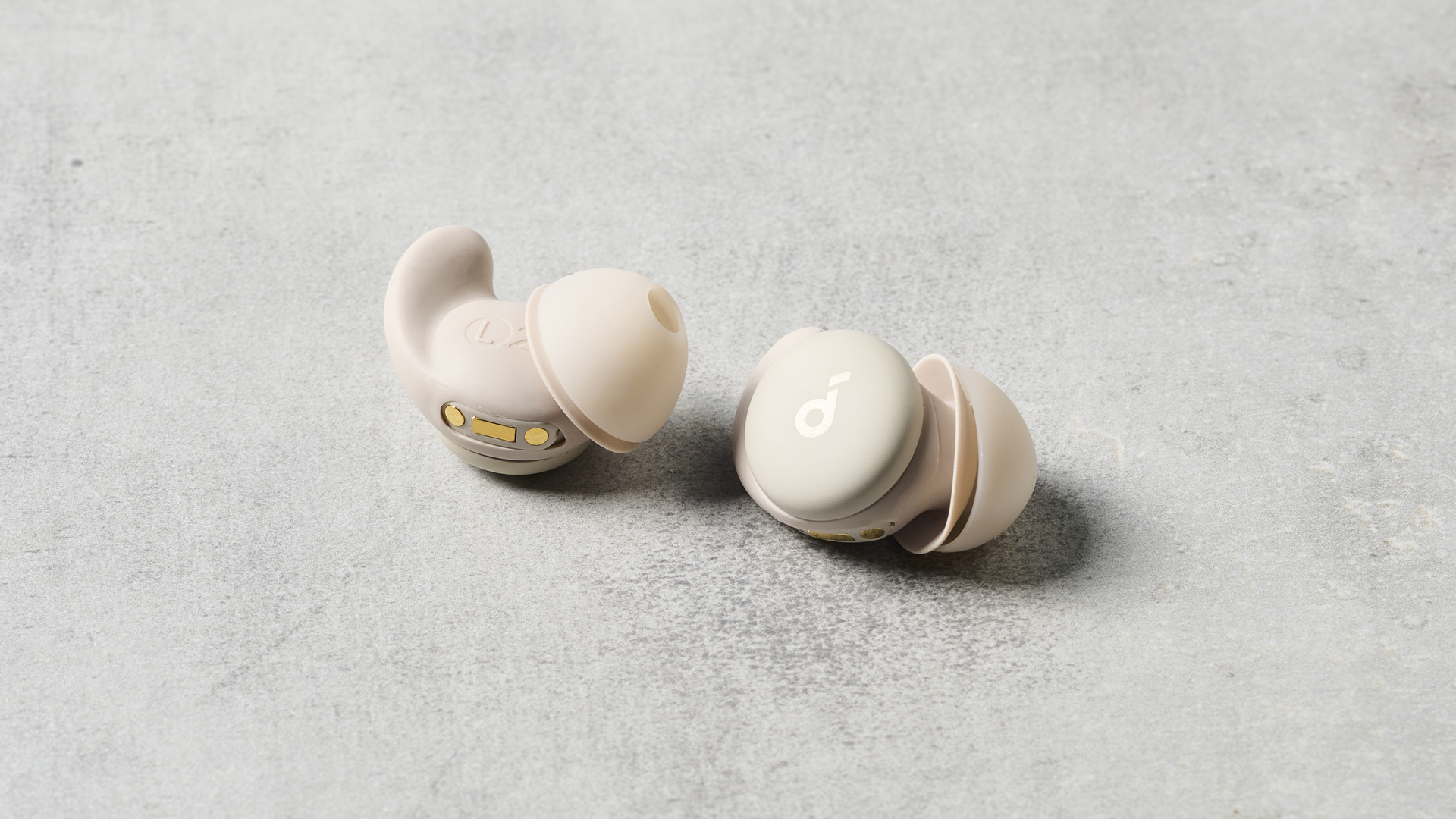
According to Soundcore, the drivers also “produce noise masking sounds”. This shouldn’t be confused with ANC — it’s marketing speak for the white noise and environmental sounds accessed through the Soundcore app, which can supposedly negate specific external sounds, like snoring. In testing, these sounded very tinny and amateur. They certainly wouldn’t be up to masking snoring or other loud sounds without the volume being turned up so loud as to prevent sleeping.
A third noise masking method is adaptive volume control, using your smartphone’s microphone via the Soundcore app to measure ambient sound levels and adjust earbud volume to suit.
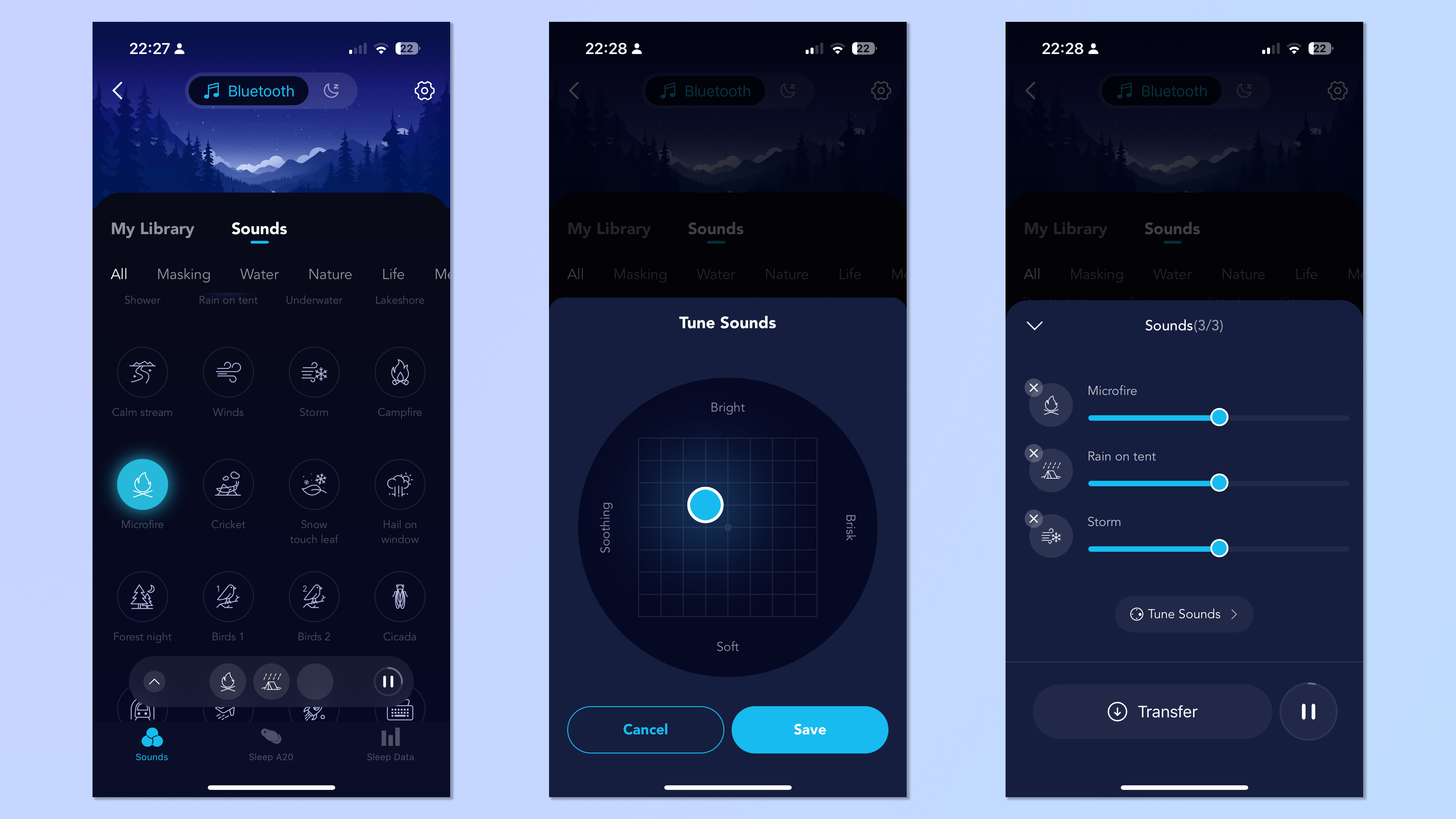
I tested the A20’s noise reduction on my commute. External noise from voices, cars and the train engine, far from being reduced, instead overwhelmed audio playing through the buds. The A20’s won’t be suitable for listening or sleeping in a noisy environment like public transport.
In my quiet bedroom, noise masking was still poor. Sound from the nearby road was drowned out, but I was able to hear my partner whisper when sat next to me in bed with no audio playing, then again with the Sleep mode rain sounds active. I very much doubt loud snoring would be blocked.
Music naturally provides some noise masking benefit. I played Chopin’s 24 Préludes, Op. 28: No. 15 and, even at a low volume, I couldn’t hear my partner speak clearly. However, even with music playing, the buds didn’t mask the sound of my dog shaking in the night, which woke me up.
Soundcore Sleep A20 review: Sleep performance & comfort
I primarily experience difficulties getting to sleep rather than staying asleep, and often play media through my iPhone 15 Pro’s speakers to help lull me off. In this regard, the Sleep A20’s were a real step up. I found it very beneficial and relaxing to have immersive audio playing directly into my ears instead of through a phone speaker, and was surprised at how much this helped me nod off.
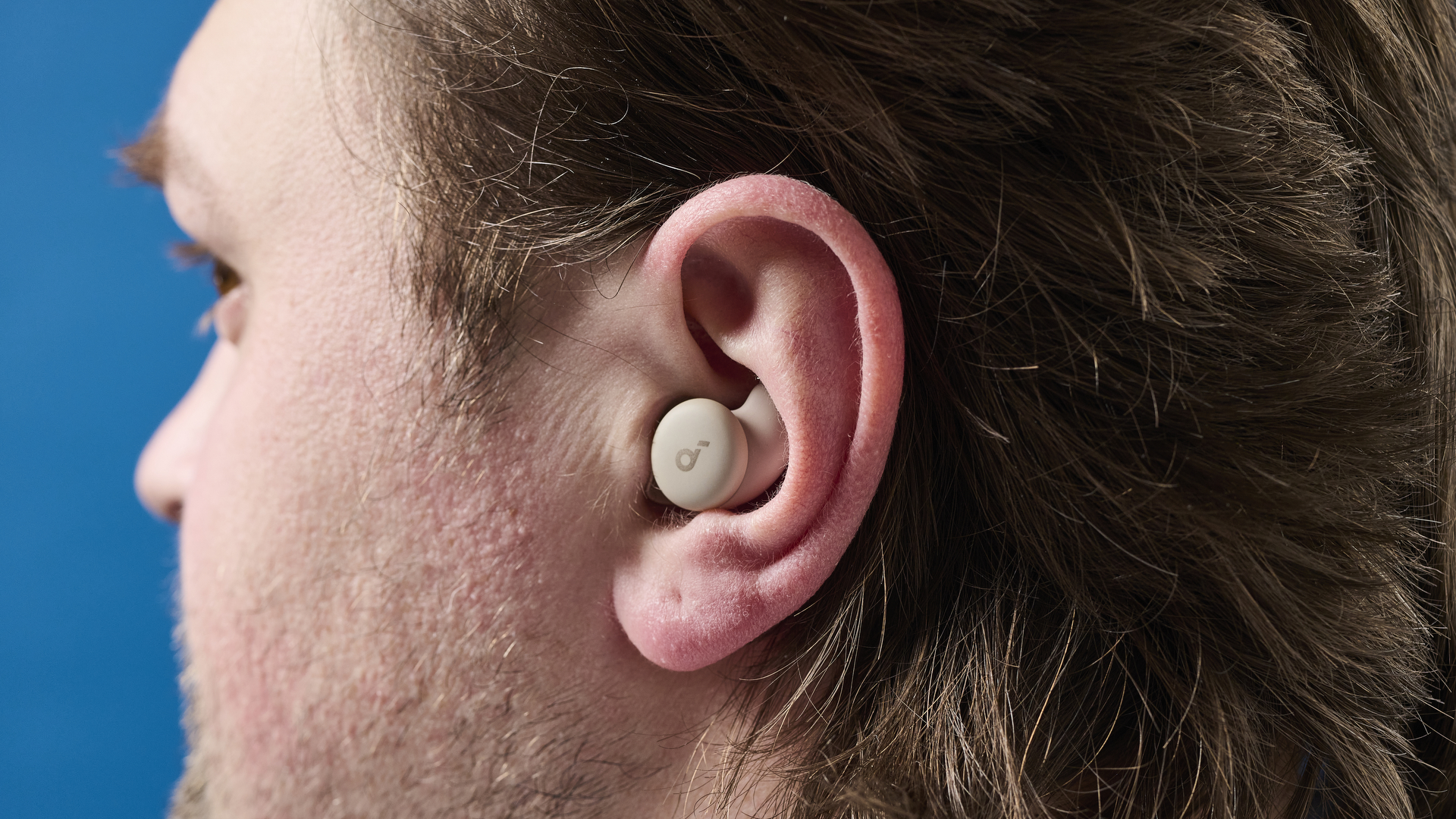
On night one, I played Sergei Rachmaninoff’s 10 Preludes, Op. 23: No.10, and was asleep before the song finished. On night two, I played an episode of the Short History Of… podcast and — annoyingly for a history buff — was out before learning anything interesting about the formation of the Soviet Union. This essentially repeated across the week I spent testing.
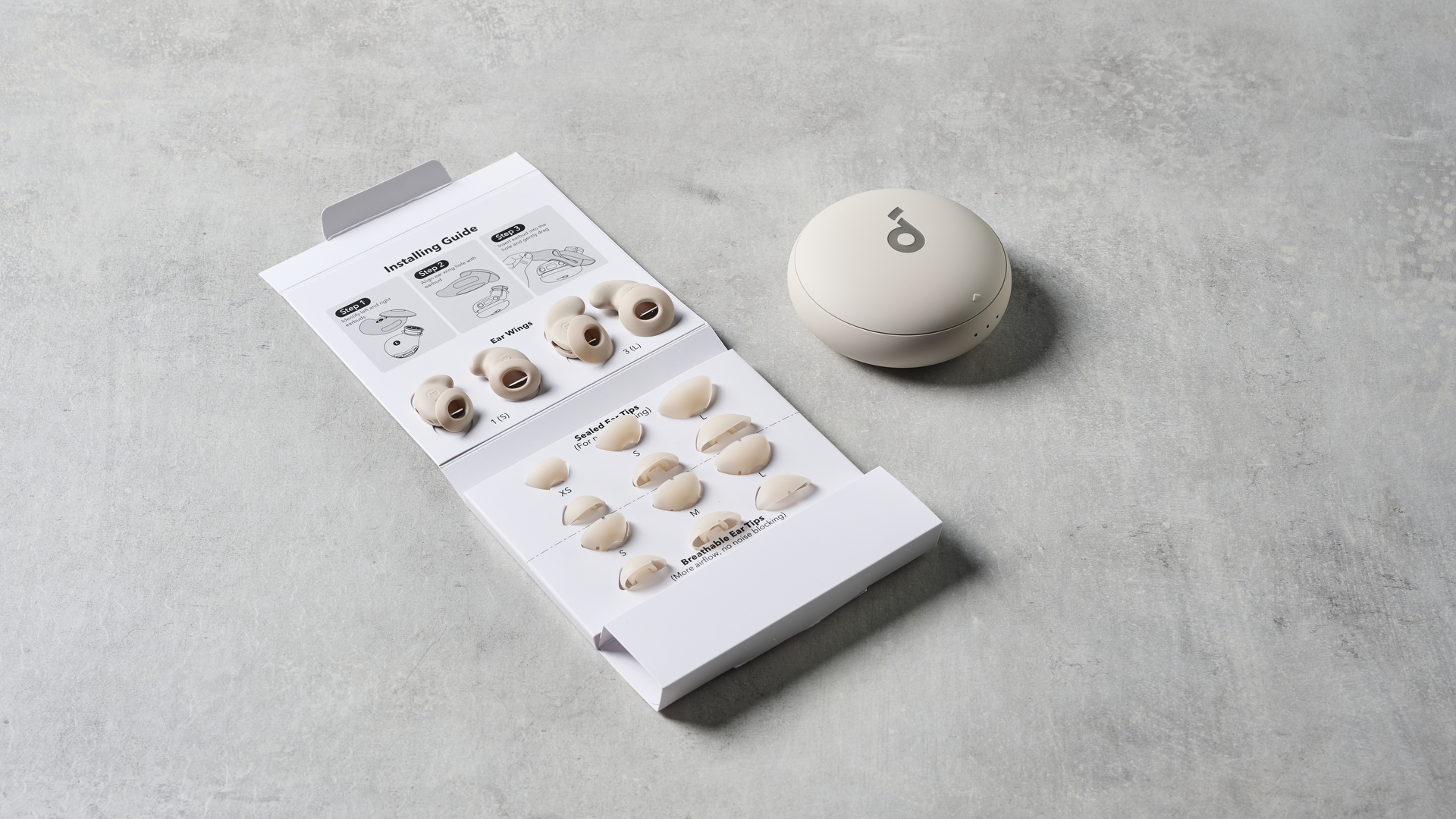
The earbuds initially fell out in the night, but swapping to a smaller ear tip and outer pad fixed this issue. Thanks to their padding, the earbuds were comfortable when sleeping on my side for several hours at a time. After that, throughout testing I tended to wake up every 3-4 hours after sleeping on my side, as this was when the earbuds started becoming a little uncomfortable.
I wouldn’t say I have overly sensitive ears, so if the A20’s woke me up with (admittedly minor) discomfort they’ll probably do the same to others, although I’m confident mileage will vary based on individual ear disposition. Alongside the poor noise reduction, this again leaves me doubting how beneficial these buds will be for those with issues staying asleep.
Soundcore Sleep A20 review: Sound quality
The Soundcore Sleep A20 earbuds are not designed with audio performance as their priority. When I first spun up Spotify while walking home, I was extremely disappointed — weak drivers meant low and mid frequencies were drowned out by environmental noise at low or moderate volumes, leaving only the tinny-sounding high frequencies audible.

However, the A20s aren’t designed for outside use — this wasn’t specified to us in Soundcore’s pre-launch materials, but the A10s feature a note on their store page warning against outdoor use for audio consumption. Given all the above, it’s reasonable to assume the same guidelines apply for the A20s. I decided it would be fair to test them out in a quiet environment, where I was pleasantly surprised by the results across multiple genres.
The Flood by Charles Wesley Godwin, starts with a very low, quiet bass note, which the A20s amplified perfectly. I then listened to Honey Bucket by Melvins, with its distorted sludge metal guitar riff and heavy fast-paced bassline, and Forget by Azzecca, with its deep tubular baseline. In both instances, the bass tones were easily audible and distortion-free, with surprisingly low frequencies amplified. The midtones of the guitar riff in Honey Bucket were also relayed well, with a satisfying amount of depth. The top frequencies, such as drum cymbals and high hats, sounded very tinny across all genres, though.
Soundcore Sleep A20 review: Battery life
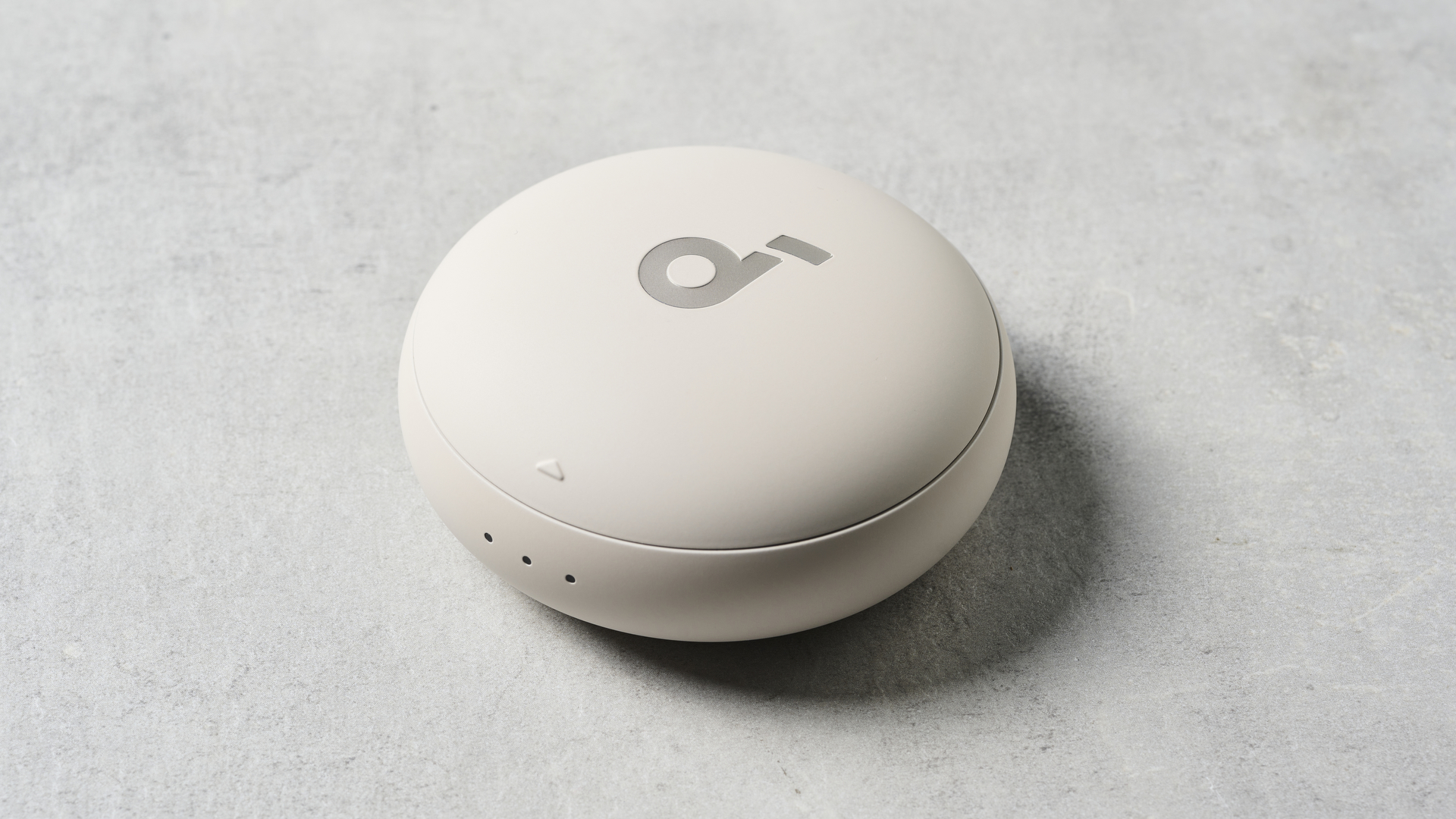
The Soundcore Sleep A20 earbuds are rated for 14 hours battery life in Sleep mode (no Bluetooth and playing white/background noise), and up to 80 hours with the charging case. In Bluetooth audio mode that drops to 10 hours for the earbuds and 55 hours with the charging case.
It was difficult to test this precisely because, well, I fell asleep. But those figures are approximately correct. I used the earbuds in Bluetooth mode for around 2 or 3 hours at work and commuting, then fell asleep with them in. They were flat in the early hours, so 7 to 8 hours later. Giving the A20s the benefit of the doubt, that’s around 10 hours.
Soundcore Sleep A20 review: Verdict

The Soundcore Sleep A20 earbuds are lacking in a few important areas. Passive noise reduction is surprisingly poor for sleep earbuds, let alone ones with a design so tailored towards that purpose. What’s more, the A20s can’t really be used for music outside or in loud places thanks to weak drivers. They also feature awkward controls and are rather expensive. This gives them relatively limited scope, restricting them to the bedside table.
The A20s offer some benefits when it comes to sleep. If you want earbuds to help you drift off, or simply want a set that can be worn comfortably while sleeping on your side, the Soundcore Sleep A20s may be worth the spend. Having audio playing directly into my ears was very immersive and relaxing, while knowing I could happily roll onto my side whenever I liked certainly helped me drop off much faster. Again, though, these benefits are undermined by the poor passive noise reduction, which limits their suitability for those wanting better quality sleep. While the A20s may help you drift off to dreamland, they don’t do enough to keep you there.







